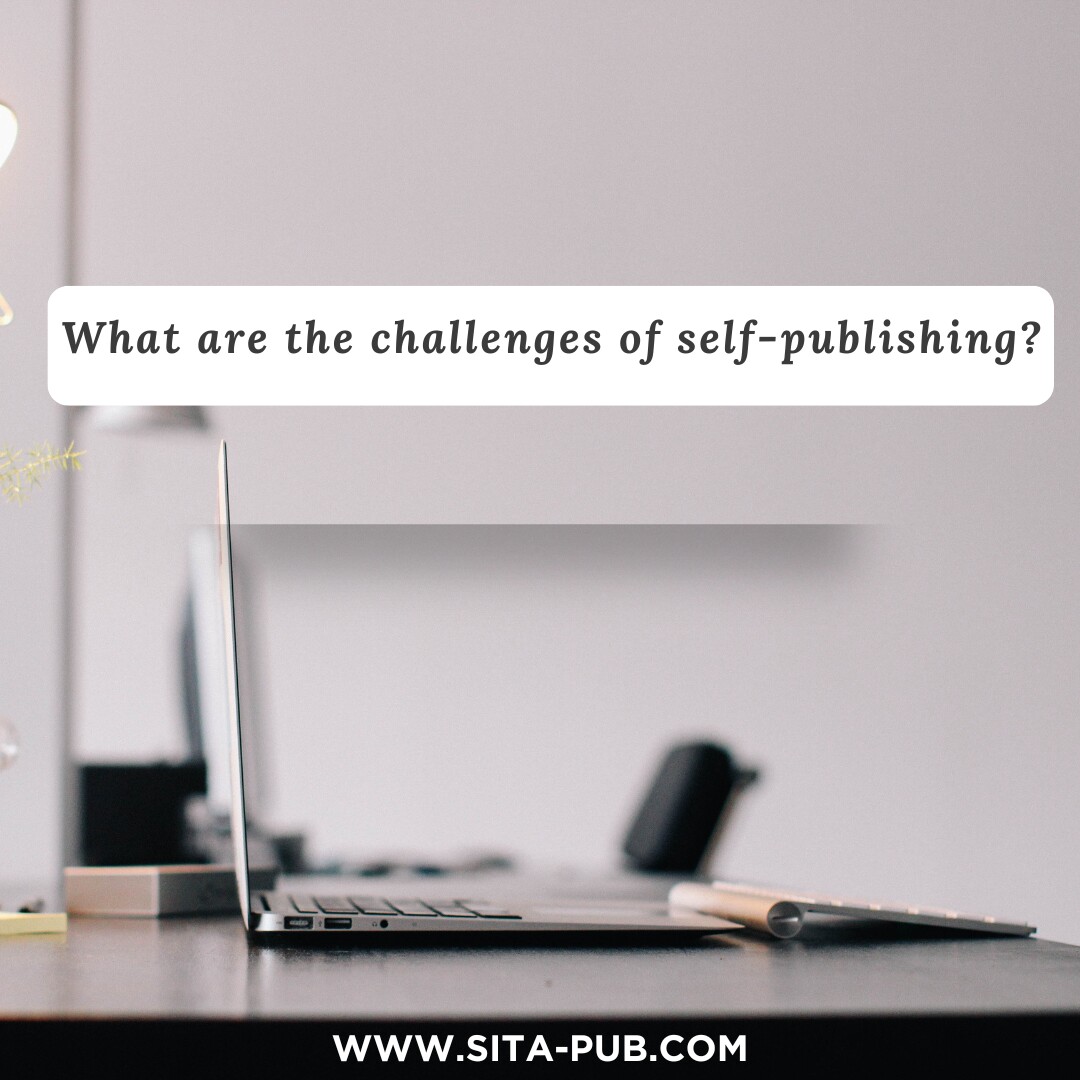What are the challenges of self-publishing?


Self-publishing offers researchers and writers a chance to share their work without traditional publishing limitations. However, it also presents several self-publishing challenges. Here are key difficulties faced by those who choose to self-publish.
One of the biggest hurdles in academic publishing is following the formatting requirements for journals. Each journal has specific guidelines about font size, margins, citation style, and layout. Many researchers spend a lot of time ensuring their manuscripts meet these standards.
If a manuscript is not formatted correctly, it may be rejected, even if the content is strong. Self-publishers need to either learn how to format properly or seek publishing support services.

Another challenge is understanding the journal submission process. Each journal has its own submission method, which may involve submitting online or sending an email. Authors often need to include a cover letter for submission that introduces their paper and highlights its importance.
Writing a strong cover letter is crucial because it creates the first impression for the journal's editors. Many self-publishers underestimate the importance of this letter. If it is not compelling, the manuscript may not be considered.

Choosing the right journal can be another significant challenge. With many options available, it can be hard to find a good fit for your work. Ideally, you want to publish in a reputable journal that is indexed in well-known databases. However, many such journals charge article processing fees, which can be too high, especially for early-career researchers or independent scholars.
Finding journals that don’t charge fees but still offer a rigorous peer review process can be difficult. It’s important to check the journal’s impact factor, acceptance rates, and readership. Many self-publishers feel overwhelmed by the number of journals available and their varying quality, which can affect manuscript visibility.

Once you submit your manuscript, it’s essential to keep in touch with the journal. Authors may need to contact the journal to ask about the status of their submission or clarify any questions. However, knowing when and how to communicate can be tricky.
Many journals have specific timelines for reviews, but sometimes delays happen. Authors may feel anxious during this waiting period and want to check in for updates. It’s crucial to know the right time to reach out without appearing too worried. Clear communication, especially during manuscript revisions, can make the process smoother.

A tough reality of self-publishing is that rejection is common. Even well-prepared manuscripts can be turned down for various reasons, such as not fitting the journal’s focus or the quality of writing. This possibility of rejection can be discouraging, especially for those who have worked hard on their research.
It’s vital to understand that rejection is a normal part of the academic publishing landscape. Even established researchers face this challenge. Often, feedback that accompanies rejections can be useful for improving future submissions.
Building resilience is crucial. Instead of seeing rejection as a setback, think of it as an opportunity to enhance your manuscript and find a better-suited journal. Each submission experience can deepen your understanding of the publishing process and increase your chances of success in future endeavors.

Self-publishing offers exciting opportunities for greater control and visibility for your work, but it also comes with many challenges. From managing formatting requirements and understanding the submission process to finding the right journal and maintaining communication, each step requires preparation.
If you’re feeling overwhelmed, SITA Academy is here to help! Our tailored publishing support services guide you through every step, from formatting your manuscript to identifying the right journals for your work. We offer assistance with crafting compelling cover letters and managing communication throughout the submission process. With SITA Academy, you can navigate the challenges of self-publishing with confidence. Don’t let these hurdles hold you back—reach out today to learn how we can support your academic writing journey!
If you have any questions, inquiries, or would like to learn more about our services, please don't hesitate to reach out to us. Our dedicated team is ready to assist you.